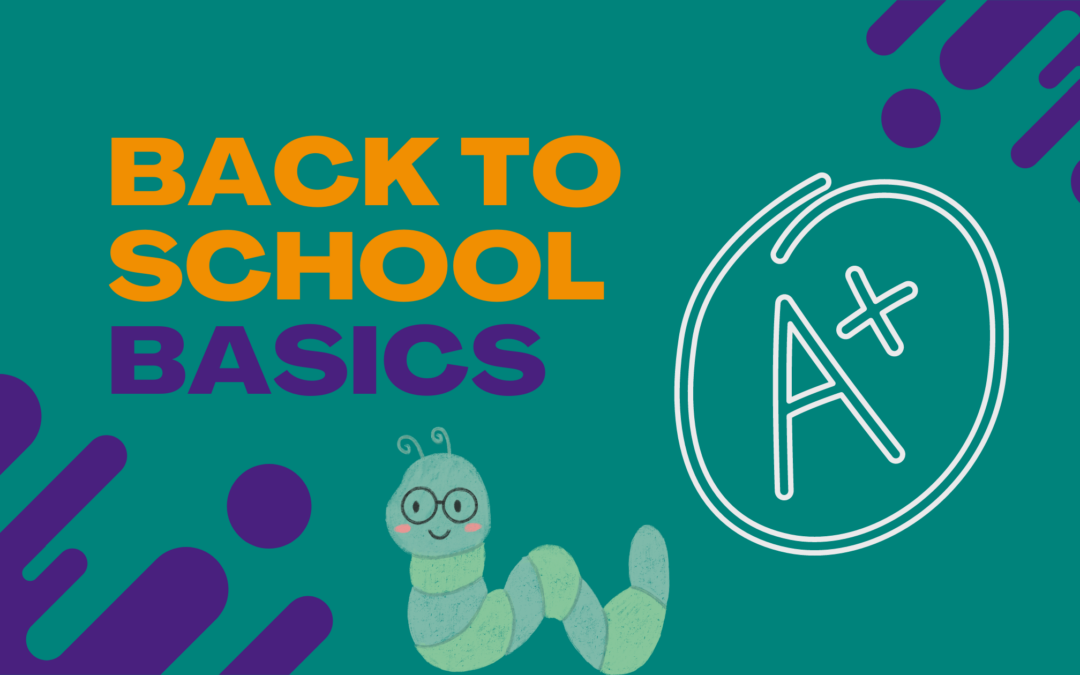By: Family Services
With the new school year right around the corner, it’s time to prepare your child for the transition back to the classroom. Parents and children may feel both joy and dread about the academic year, but there are ways to make returning to school less stressful.
Start transitioning your child back to school towards the end of summer break by talking about school and looking at pictures of her classroom and friends from the previous year. Let her help choose a book bag, school clothes, and supplies. Begin wake-up and bedtime routines a few weeks before school starts. Avoid any negative conversations about the school or the staff, and don’t talk about missing your child when she is in school.
Focus on the positive school experiences that they enjoy.
To prepare teachers and therapists, especially if they are new to your child, it’s important to have a meeting prior to the first day of school. Be sure to provide information about CdLS and inform them about the Foundation and its resources.
Ideally, this introduction would’ve taken place at the end of the previous school year or during summer school (if your child attends), allowing the professionals to see your child in class and become familiar with her level of functioning. The new teacher and therapists should receive reports from the previous year’s staff that share your child’s preferences and skills.
It’s also helpful if you visit the classroom a day or two before school starts to bring any special equipment or supplies your child needs.
Be sure to call the school office to make an appointment with the teacher at a convenient time. Relationship building begins right away, and it’s helpful if the teacher knows you want to be an active participant in your child’s success at school.
Parents also need time to prepare for back to school. Choosing supplemental child care and shopping for supplies and clothes takes time, but these tasks are important for a smooth start to the new school year. Purchase a notebook to keep a written record of all phone calls and correspondence with the school. Once school starts, ask questions about anything that you don’t understand. Let staff know when you think they’re doing a good job and when you feel that things aren’t going well.
Remember, although the teachers are the ones teaching, they’re also learning a great deal from you.
It’s rare for teachers to have a student with CdLS during their careers, so you’ll be an important resource to them.
Be an equal, contributing member of the educational team that works with your child. Attend team meetings and open houses, visit the classroom, and participate in special activities.
Know what the teacher is doing at school so you can reinforce the skills at home. Find opportunities for your child to continue learning in school-like settings during breaks. Sports, music, arts and crafts, camps, parks, and community programs can help you and your child discover new interests.

Recent Comments